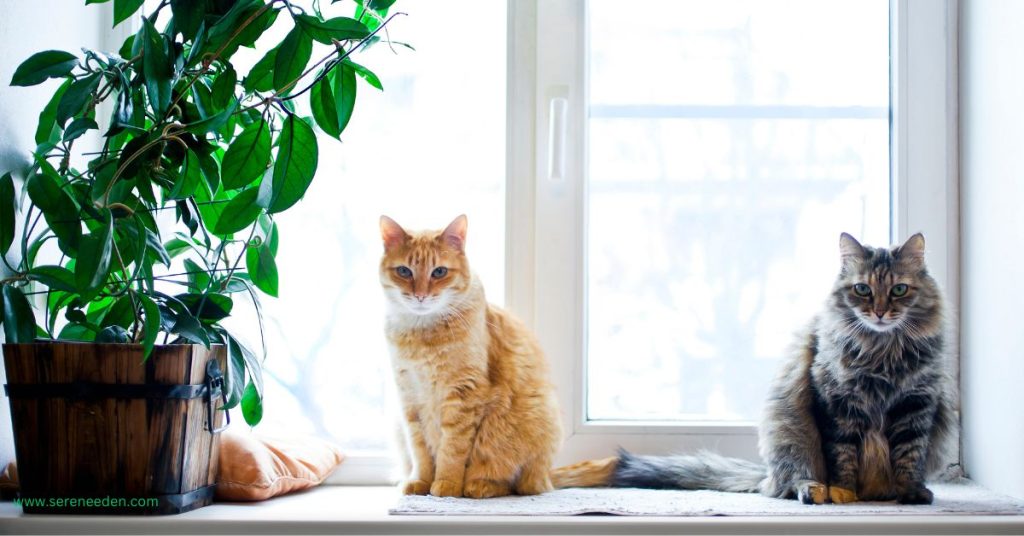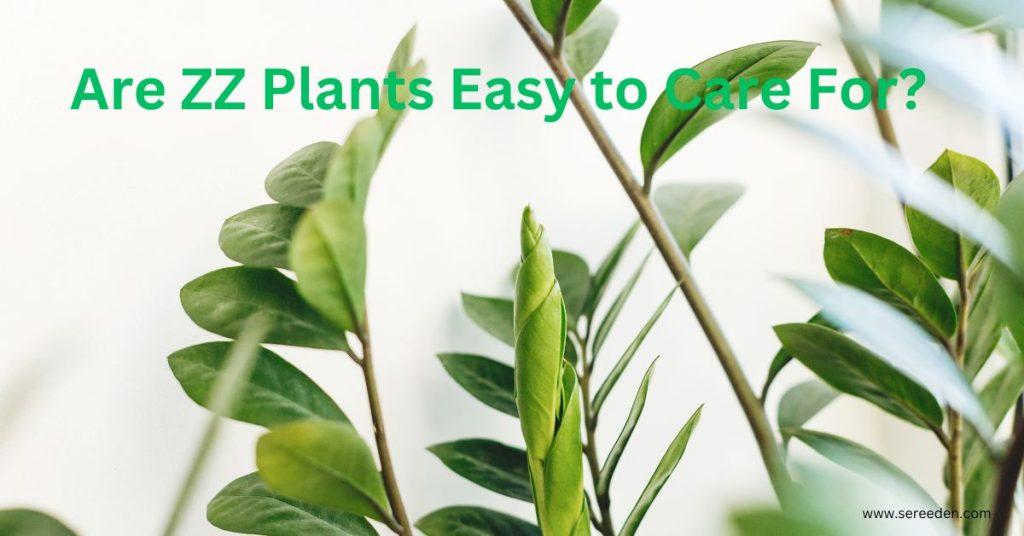15 Indoor Plants Poisonous to Cats That You Should Avoid
Cats bring joy and warmth to our homes, while indoor plants fill our living spaces with greenery beauty. Unfortunately, some indoor plants are poisonous to cats; thus, you should be aware of them to protect your feline friend.
While we want to fill our homes with the most beautiful plants, we want also to ensure they are pet-friendly. Since cats are curious creatures that like to chew on things, you should watch out for plants you bring home, as they might be toxic to your feline friend.
Let’s check some houseplants that are unsafe around your cats.
Indoor Plants That Are Poisonous to Cats
1. Aloe Vera

While aloe vera is beneficial to humans, it is toxic to cats. However, it is only safe for external use. This indoor plant has a toxic property called aloin, which causes diarrhea and vomiting in cats when ingested. If you suspect your cat has ingested aloe vera, seek veterinary advice immediately.
2. Lilies

Lillies are part of the Liliaceae family and are the most toxic indoor plants for cats. There are 90 species, including Tiger lily, Easter Lily, and Asiatic lilies. Although this plant’s toxin properties are unknown, the entire plant is toxic to cats. The plant causes kidney failure in cats.
3. Pothos

Pothos are very attractive and easy to maintain; thus, they are loved by many homeowners. While pothos are safe for touching, they are very toxic to cats. They have a poisonous substance called oxalates, which, when eaten, causes oral irritation.
4. Peace Lily

Peace lilies are among the most common indoor plants due to their elegant flowers. However, they are not from the Liliaceae family. Due to their elegant look, you might not believe that they are toxic to cats. Peace lilies contain calcium oxalates, which are toxic to cats when ingested.
5. Snake Plant (Sansevieria trifasciata)

Additionally, despite being one of the best houseplants, snake plants are toxic to cats and dogs. However, they are safe for humans. The plant has a poisonous substance called saponins, which causes nausea and vomiting.
6. Jade Plants (Crassula ovata)

Jade plants, also known as money plants, are succulents. They come in several varieties. However, jade plants are highly toxic to cats and other pets. This plant causes vomiting and depression in cats.
7. ZZ Plant

Unfortunately, this low-maintenance indoor plant is highly toxic to cats and other pets. It contains calcium oxalates, which cause oral and digestive irritation when consumed by cats.
8. English Ivy (Hedera helix)

English Ivy is one of the most popular yet delicate indoor plants. It is mainly planted in hanging planters. Unfortunately, this plant is highly toxic to cats as it contains polyacetylene compounds that cause stomach upset.
9. Cutleaf Philodendron (Monstera Deliciosa)

Cutleaf philodendron is a common tropical indoor plant that makes elegant decor due to its tropical leaves. Despite its attractive nature, it contains calcium oxalates that are highly toxic to cats.
10. Sago Palm (Cycas revoluta)

Sago palms are a tropical houseplant that has air purifying properties. However, they are toxic to your cats. Sago palms contain a toxic substance called cycasin that causes severe lung damage in cats.
11. Rubber Plant (Ficus elastica)

Rubber plants contain a sap that causes skin irritation and can even cause stomach discomfort when consumed by cats.
12. Dieffenbachia (amoena)
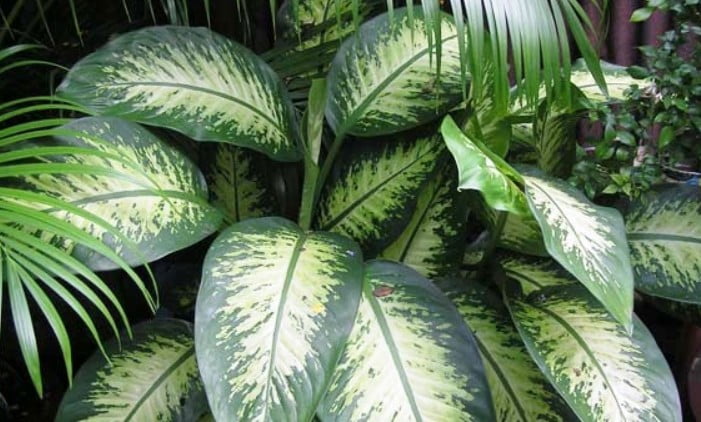
Also known as dumb cane, Dieffenbachia is another popular tropical houseplant. It contains oxalate crystals that cause mouth and throat irritation in cats.
13. Hyacinth (Hyacinthus Orientalis)
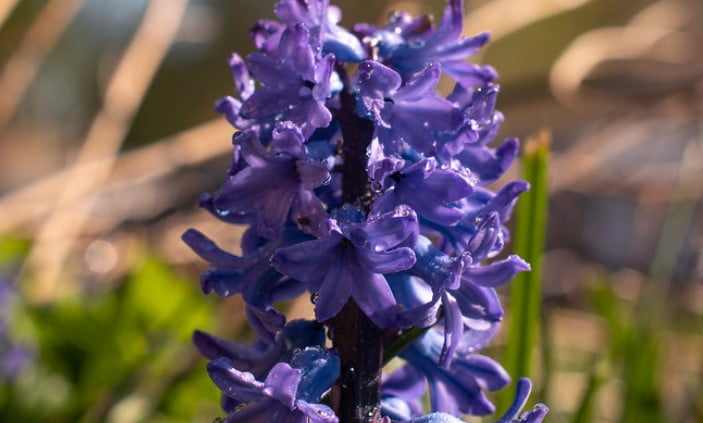
This plant is a close relative to tulips and water hyacinths. It has flowers that look like bulbs and belongs to the asparagus family. It’s unbelievable that this beautiful plant has toxic alkaloids, causing bloody diarrhea and vomiting if consumed by cats.
14. Chrysanthemum (Chrysanthemum spp.)
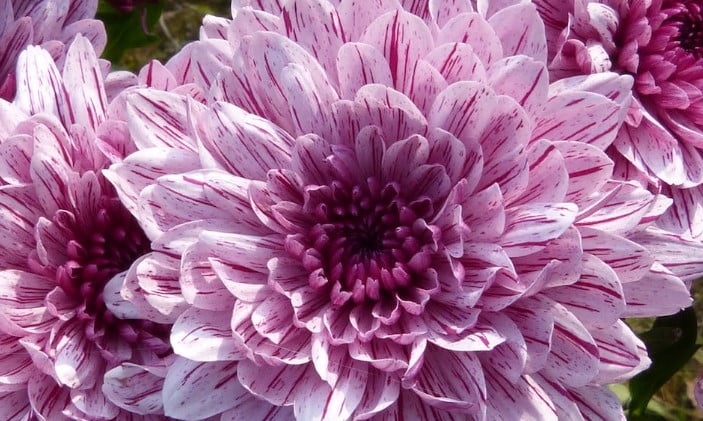
This houseplant contains a toxic substance, pyrethrins, which cause drooling, vomiting, and diarrhea when consumed by cats.
15. Boston Fern (Nephrolepis exaltata)
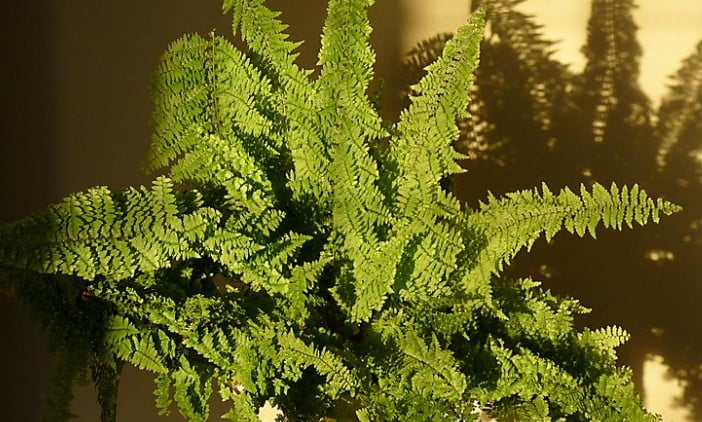
Finally, Boston Fern is yet another houseplant that can be toxic to cats. When consumed by cats, it causes stomach upset.
Ultimate Thoughts
Being aware of what indoor plants are poisonous to cats is crucial. If you are a cat owner considering bringing new plants home, first research whether they are poisonous to cats.
This will help create a safe environment for your furry friend and houseplants. Although you can put toxic plants out of reach, it’s much safer to avoid such indoor plants.
Frequently Asked Questions
Do cats mess with indoor plants?
Yes, cats are very playful and curious creatures, and some show interest in plants and thus might be drawn to them. Some might chew just to feel the taste, while others play with them as toys. So, as a pet owner, be cautious with the type of houseplant you bring home, as some are toxic.
What is the most poisonous plant to cats?
One of the most poisonous plants to cats is the Lily. All parts of lily, including flowers, leaves, and pollen, are extremely toxic to cats. Ingesting even a tiny part of a lily can cause kidney failure.
Is cat pee bad for houseplants?
Yes, cat urine can be harmful to some houseplants, especially if it is consistently applied in large amounts. Cat urine has a high concentration of nitrogen. While nitrogen is an essential nutrient in plants, an excess of it can lead to yellowing and wilting of leaves.
RELATED: 13 Best Indoor plants for Every Room
Author Profile

- 🌿 Hello! I'm Mary, the nature-loving soul behind Serene Eden. Gardener, plant whisperer, compost connoisseur, sun-soaked plant enthusiast, and avid bee-watcher. Let's cultivate beauty, one bloom at a time. 🌱🌼
Latest entries
 Sustainable gardeningSeptember 2, 2024What is Sustainable Gardening?
Sustainable gardeningSeptember 2, 2024What is Sustainable Gardening?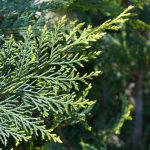 CypressAugust 7, 2024Leyland Cypress Tree – How to Grow and Care for leyland Cypress
CypressAugust 7, 2024Leyland Cypress Tree – How to Grow and Care for leyland Cypress Vegetable GardeningJuly 4, 2024Determinate Vs. Indeterminate Tomatoes
Vegetable GardeningJuly 4, 2024Determinate Vs. Indeterminate Tomatoes Vegetable GardeningJuly 3, 2024Growing Tomatoes in Pots – 9 Expert Tips for a Big Harvest
Vegetable GardeningJuly 3, 2024Growing Tomatoes in Pots – 9 Expert Tips for a Big Harvest

